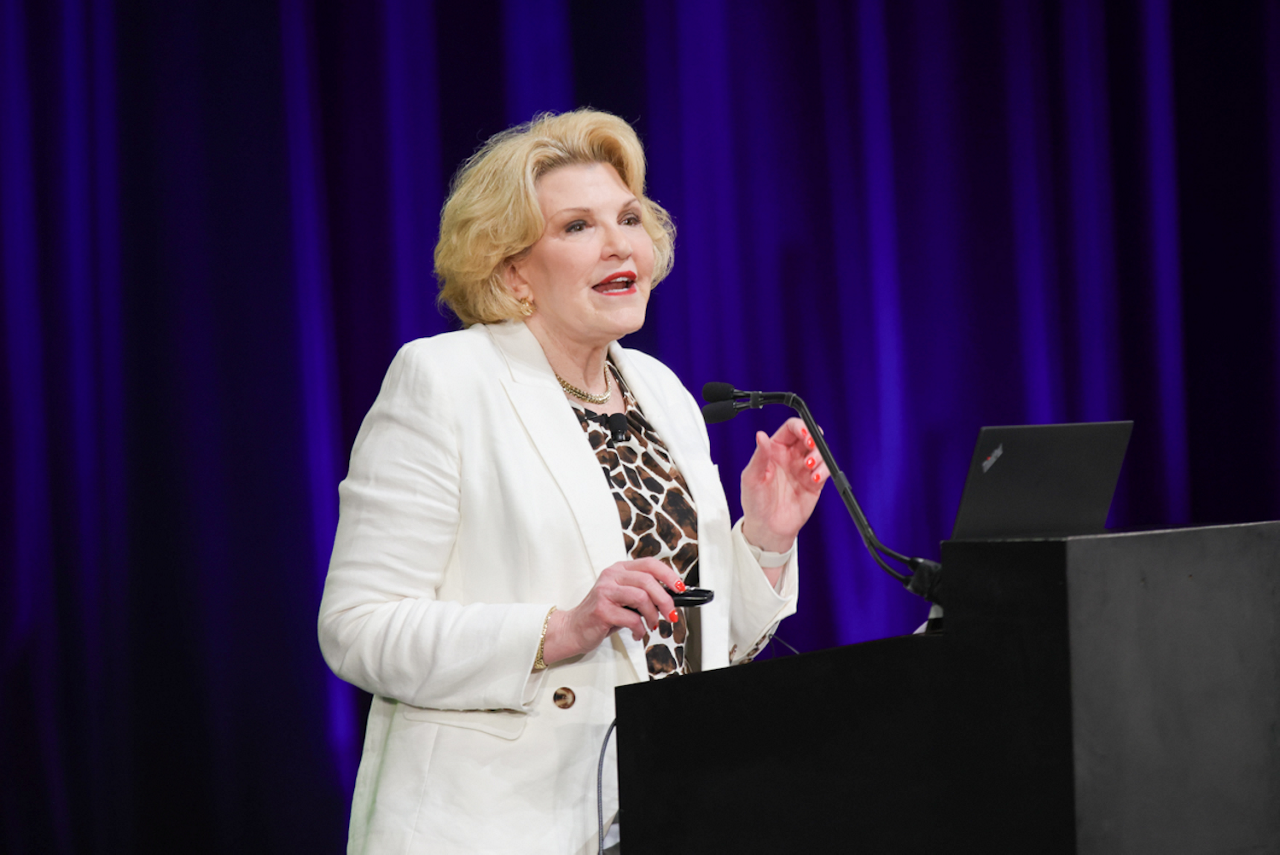In workplaces lately, work is no longer defined by static job titles; it is a mosaic of skills, tasks, and ever-changing needs, we call this "work pixelation." It is the move from fixed roles to dynamic, modular work units that adjust as circumstances change. Many global organizations are already testing this approach to create a more responsive and agile workforce. As an HR leader, understanding these changes is crucial to shaping the future of the team.
Breaking the Mold
Imagine when an employer had to hire someone. They prepared a conventional job description outlining a fixed set of responsibilities for one person. A process that has been the norm for decades: one role, one person, one static description. What if the role splits into individual skills and tasks? One person handling data analysis, another developing strategy, and yet another executing the plan; each contributing exactly when needed and then moving on to other assignments as the situation evolves. That is ‘pixelation of work.’ Instead of confining work to a single, unchanging role, the work becomes flexible and adaptable.
People are not unidimensional, and modern workplaces value skills. So, pixelation of work is like rearranging the pieces of a puzzle to reveal a clearer picture that fits the moment’s needs. When explaining one’s job to someone outside of HR, a model that not only simplifies the explanation but also mirrors the dynamic nature of modern work is more appreciable. At an individual level, work is less about being confined to the cubicles, and more about proactively assisting when needed.
For example, consider a global FMCG’s approach with their AI-powered internal talent marketplace. Rather than limiting employees to a single role, this system allows them to take on projects across the company based on their strengths and interests. The measurable boost in workforce capacity and productivity at Unilever illustrates that this is not merely a theoretical concept; it is an actionable strategy that delivers results.
The Forces Shaping Tomorrow
Three main factors are driving this shift from traditional roles to a more modular approach:
1. Technological Advancements
With AI and automation increasingly handling routine tasks, organizations are rethinking how roles are defined. There is a growing emphasis on skills like adaptability, creative problem-solving, and strategic thinking— qualities that machines cannot easily replicate. Technology is not just replacing tasks; it is redefining what it means to contribute value within a company.
2. Evolving Employee Preferences
Modern professionals often seek work that transcends a fixed title. They value opportunities that offer diverse challenges and allow them to develop new skills. Today’s workforce wants roles that are not pigeonholed but are as multifaceted as their interests and abilities. This preference for flexibility reflects a broader desire for work that is meaningful and adaptable to changing life circumstances.
3. Broader Access to Talent
The rise of remote work and the growing gig economy have made it possible, that expertise is no longer confined by geography. Companies can tap into a global talent pool, assembling teams that combine in-house employees with external specialists. Instead of relying on one person to cover an entire role, organizations can distribute tasks among team members from different locations, bringing in the best available expertise wherever it may be found.
Conclusion
To summarise, pixelation of work transforms conventional job roles into flexible, modular tasks. Organizations become more adaptable and responsive by leveraging technology, catering to employee preferences and accessing global talent. Embracing these changes is key to building a future-ready team that can adapt to constant challenges and opportunities, evolving in the world of work.
Also Read
Leading the Charge: HR’s Role in Embracing Work Pixelation




